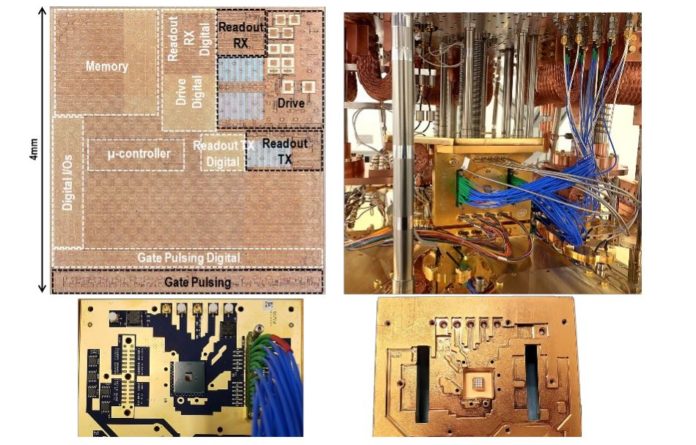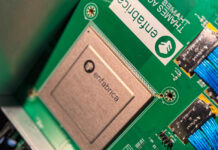Quantum computing is coming. Some may argue it is already here since the are functioning quantum computers, but we are still some time away from this being s fully mainstream form of computation. Part of the reason for this is the fact that behind modern quantum computers, or perhaps better said in the side yards behind quantum computers is an intricate cooling system as these operate at extremely low temperatures.
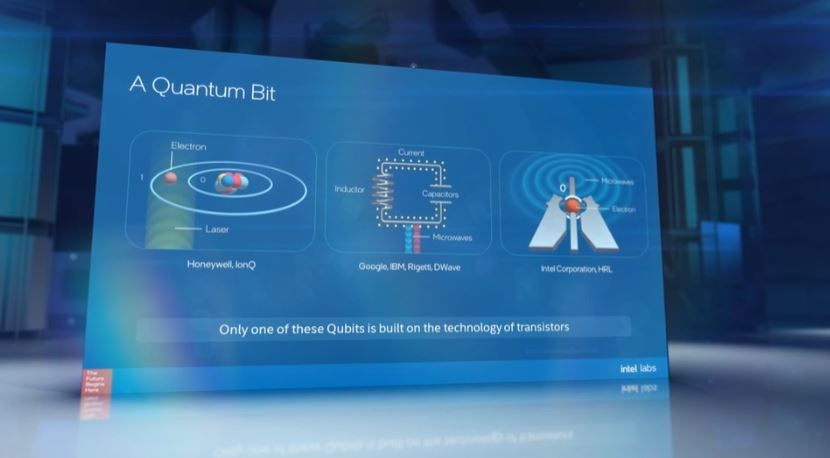
Beyond the cooling, quantum computers still operate with a bit of “magic” just like in many previous civilizations solar eclipses were the work of “magic”. In other words, while classical computing has an entire industry that understands how to harness modern materials and manufacturing, quantum computing still needs more scientific research and advancement to harness. Intel Horse Ridge II is the company’s current tamer of this magic and the company released a few more details this week.
Intel Horse Ridge II
The Intel Horse Ridge II is the company’s 22nm 100 million transistor SoC that is designed to run at a relatively warm 4 kelvins. While some may think that quantum computers are solely made of qubits, there is a lot going on that still uses classical chip design to manipulate the state of the qubit. At ISSCC 2021, Intel disclosed a bit more on what they are doing in this space:
- Like its predecessor, Horse Ridge II leverages frequency multiplexing to reduce the number of radio frequency (RF) cables for both qubit drive and readout. A digitally intensive architecture with an integrated instruction set enables the cryogenic chip to elegantly integrate into existing quantum control stacks.
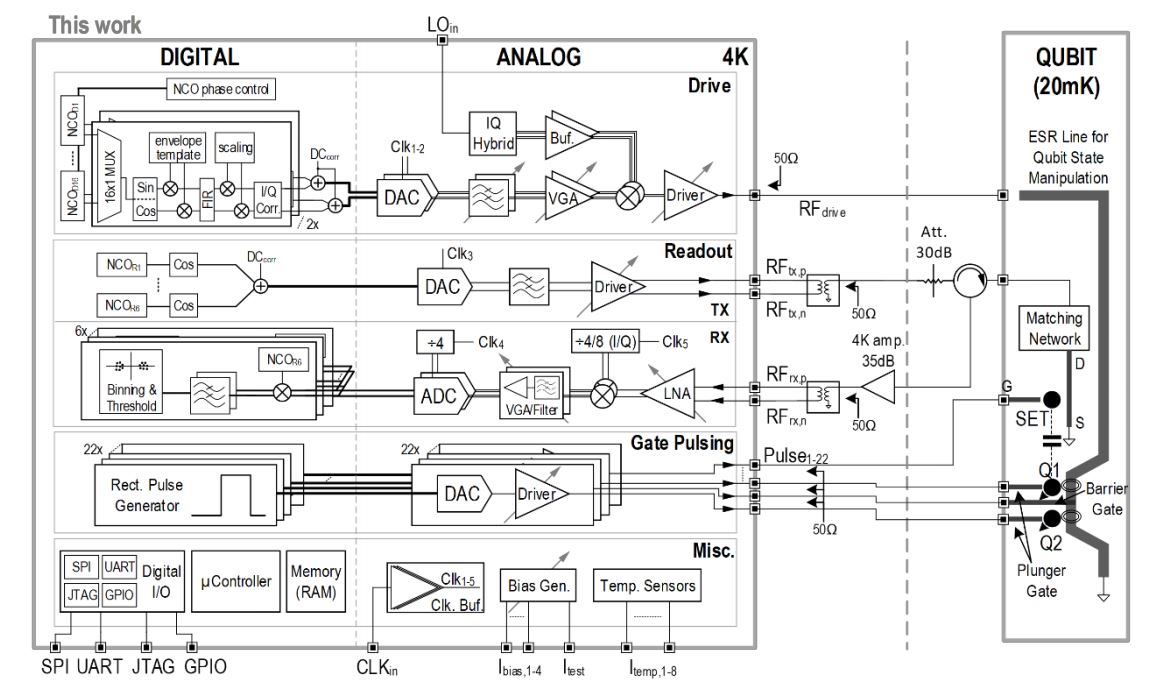
- It can drive up to 16 spin qubits with a direct-digital-synthesis (DDS) architecture and
integrated digital filter for cross-talk mitigation to target an output frequency range of
11 to 17 GHz. - An integrated microcontroller allows for increased flexibility in implementing the
control instruction set and executing the algorithm. - Horse Ridge II can read the state of up to 6 qubits simultaneously, using RF single-electron
transistor reflectometry. The control chip also features 22 high-speed digital-to-analog converters (DACs) to simultaneously control the gate potentials for many qubits. Traditionally, these DACs would be discrete electronics placed at room temperature, with wires running into the cryogenic refrigerator to control the gates on the quantum chip (Source: Intel)
Here are the quick specs/ performance table for Horse Ridge II:
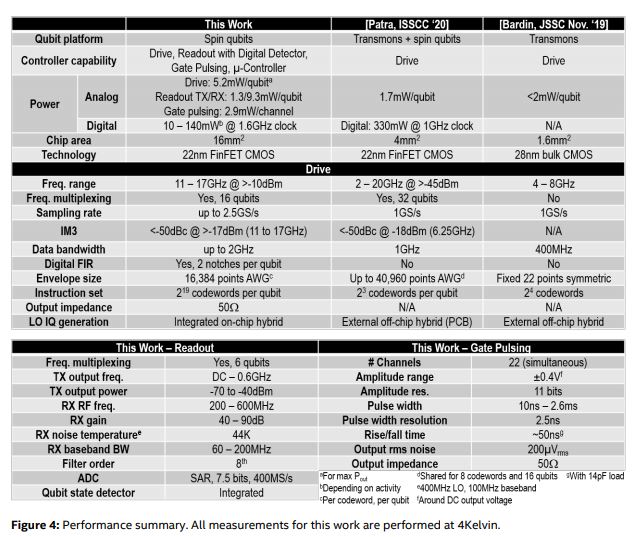
Final Words
The “so what” of Horse Ridge II is twofold. One must remember that in this space Intel and other companies doing research are doing cutting-edge work that requires them to build sophisticated tools just to get the data they need during research such as the CryoProber below. Horse Ridge II is designed to integrate a number of components which is required as the technology moves from a research phase to a production phase, albeit it is a step in the path. Just taking this step shows we are getting closer to quantum.
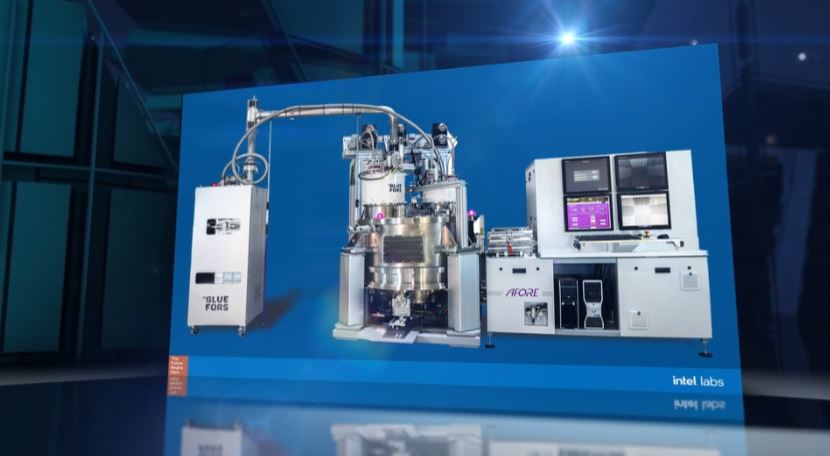
The second major implication is that we focus coverage on Intel’s x86, FPGA, GPU, network, memory, and AI accelerator architectures. Intel’s xPU aspiration extends well beyond the architectures that are in mainstream production and iteration cycles today. A 25% increase in Xeon CPU performance helps TCO of companies and is expected on a generational basis. Quantum computing is the area that unlocks new domains of discovery to pull back the veil of “magic” even further.

